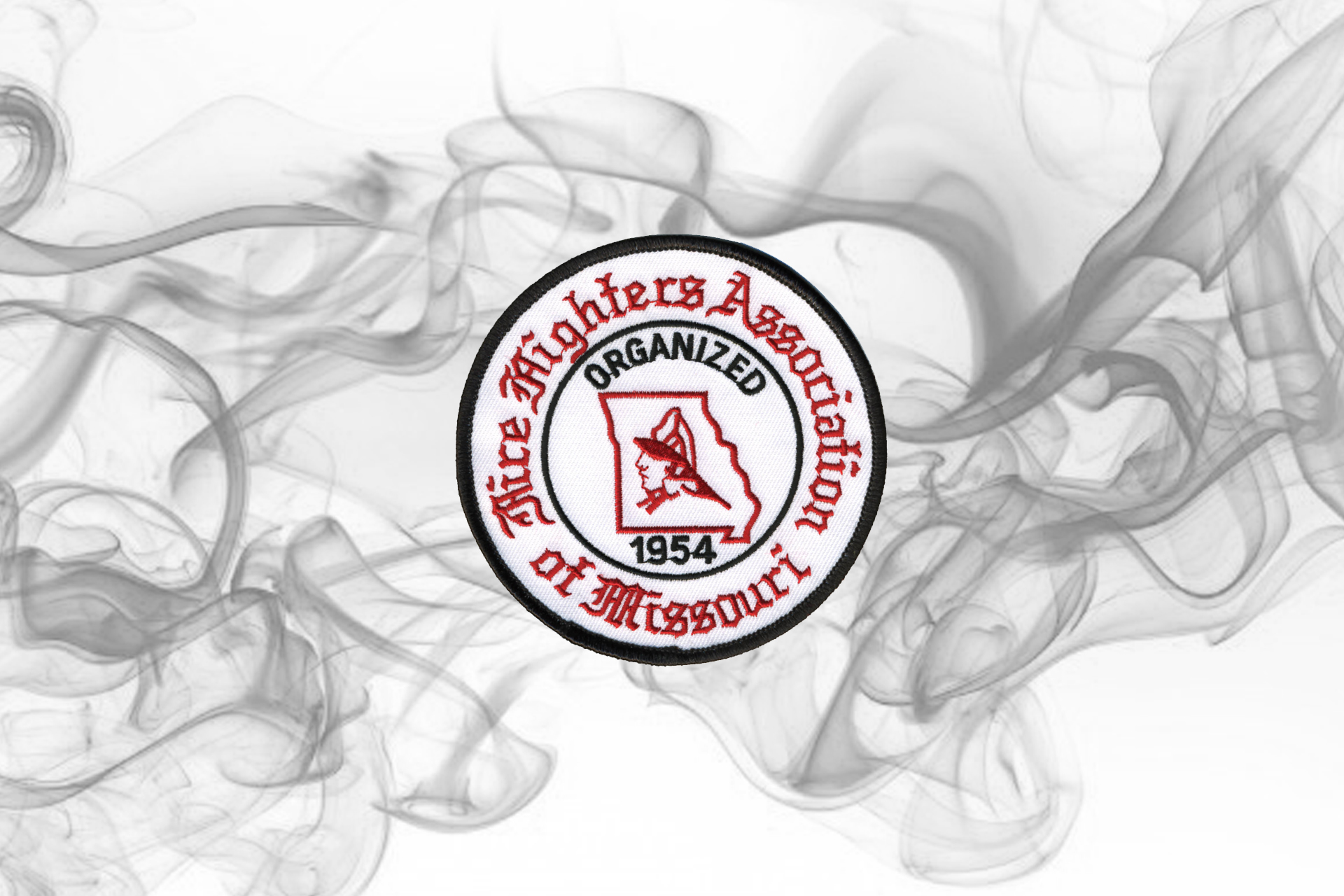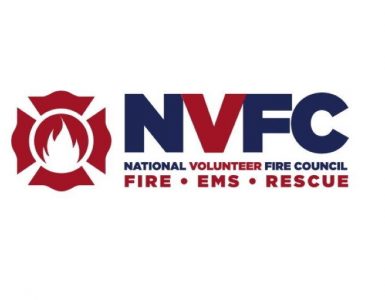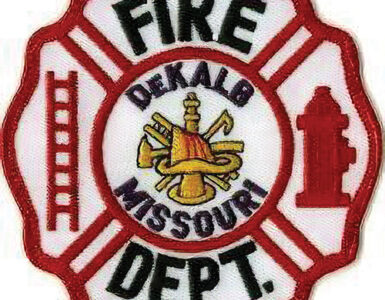After firefighters extinguish a structure fire, they typically re-enter the building to conduct overhaul activities. During overhaul, firefighters often open up and look in the walls, ceilings, attics, and any other void space where these still-burning embers might be located. To accomplish the strenuous task of overhaul, firefighters use thermal imaging cameras (TICs), and other tools such as axes, chainsaws, and pike poles to search for hidden fire after the main body of the fire has been extinguished.
During overhaul, there may be little or no smoke, so most firefighters remove the face piece of their SCBA (self contained breathing apparatus) and work in the environment without any respiratory protection. Firefighters falsely believe that due to the reduced amount of smoke and fire during overhaul, they are not being significantly exposed to the products of combustion. Science has proved this notion to be false. Firefighters are, in fact, routinely breathing toxic gases and being exposed to dangerous carcinogens in the post-fire environment. These products may include hydrogen cyanide (HCN), aldehydes, benzene, nitrogen dioxide (NO2), sulfur dioxide (SO2), polynuclear aromatic hydrocarbons (PNA), and other substances.
Recent scientific studies show that the post-fire environment may be more dangerous than firefighters realize. Based on that concept, all fire departments should have an overhaul policy that requires firefighters to wear respiratory protection throughout the overhaul phase of the fire. The Firefighter Cancer Support Network has sample policies on its website if you need a starting place.

































